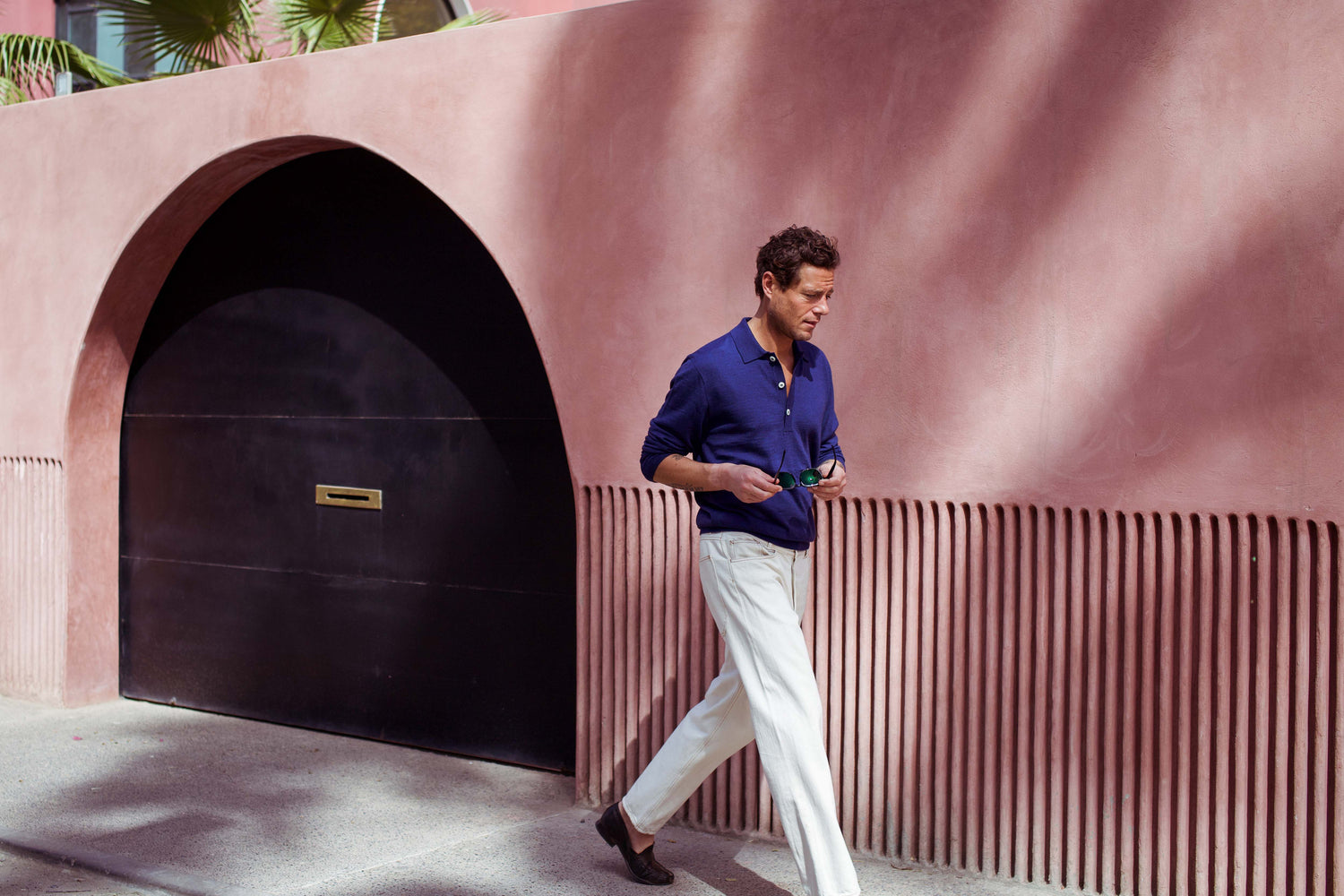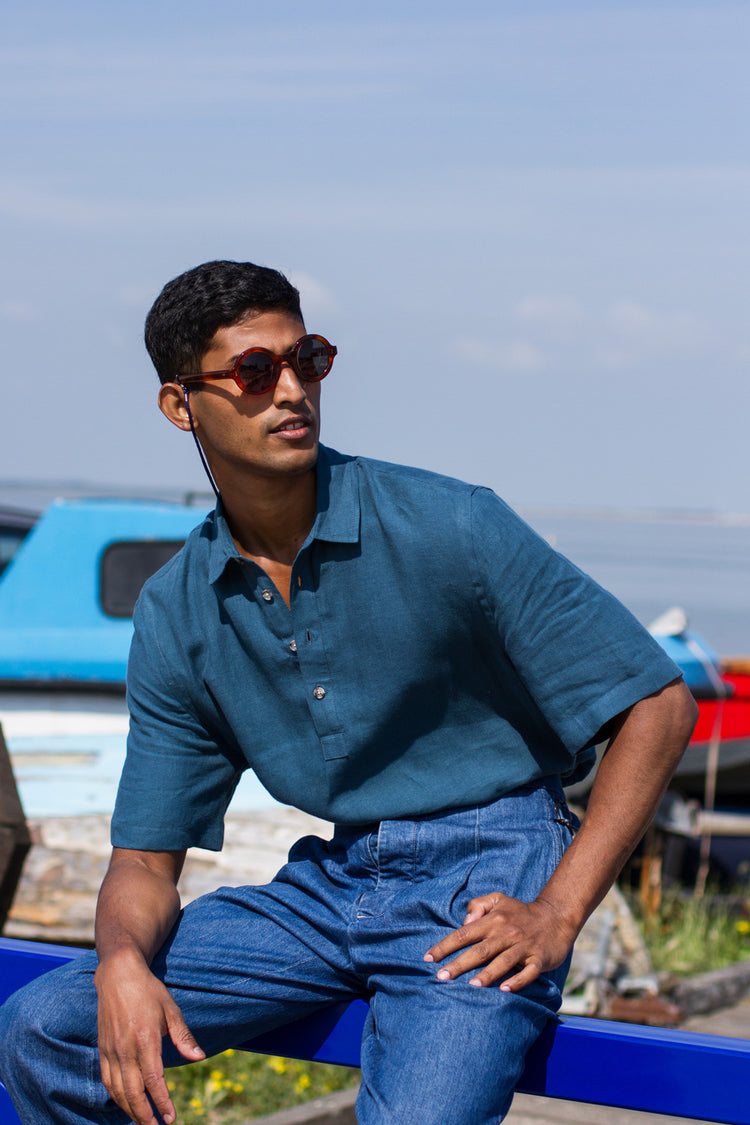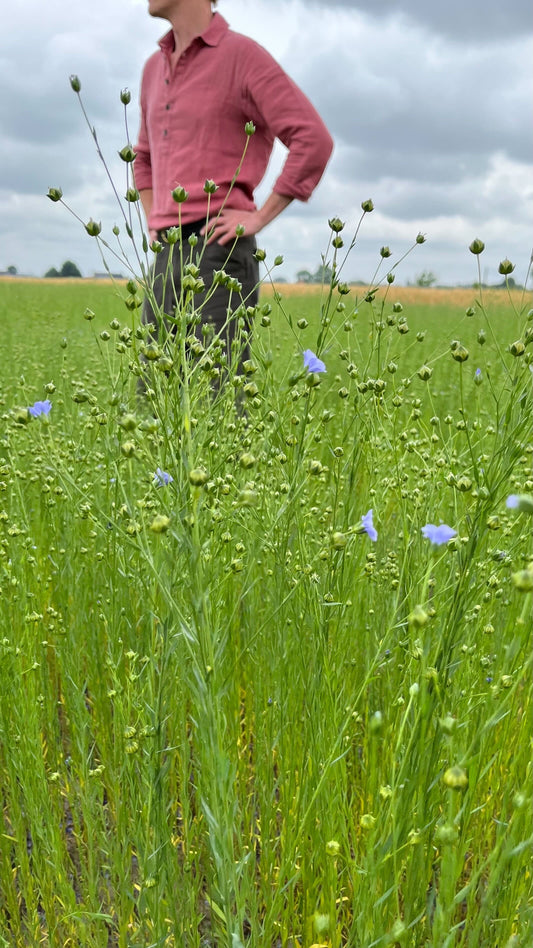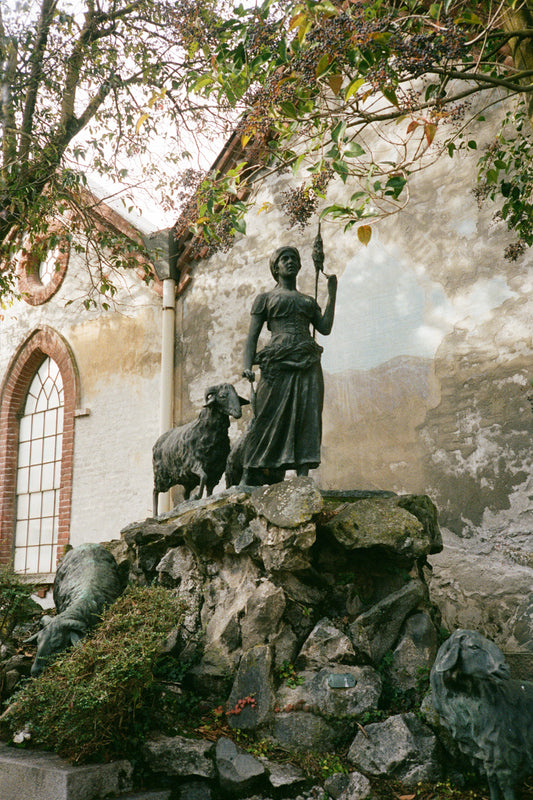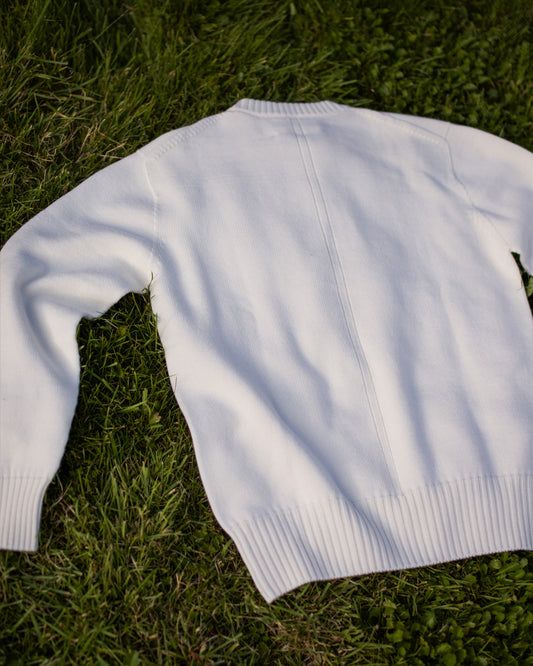You started Howe London in the 1986. What was your motivation for starting the company? Has that motivation changed in the intervening 36 years? If so, how?
Just being out of Art College, money was actually my motivation, I had no intention of becoming an antiques dealer and knew nothing about antiques, but in order to earn some money to afford my own sculpture studio, I learnt to restore carved and gilded picture frames. I even learnt to carve in evening school. This led to buying one or two pieces of my own which, in itself, is a good way to learn. The big move happened when I found an old derelict shop in Belgravia which was an old furniture restorer’s workshop. My girlfriend and I thought it would make a great studio, but the landlords wanted it to have a presentable shop window, so I became an antiques dealer!

You’ve earned a reputation for sourcing antiques with a unique provenance and unrivalled quality. What excites you most about the process of finding such unusual pieces?
I like this question because it is the part of the job I like the most. In the old days it could vary from a great Country House Sale held by one of the big auctioneers like Christies and Sotheby’s to a dark cold morning at an outdoor market. There was a time when I was at a market every morning, or on the road, visiting country dealers and salesrooms. Now of course so much is done online and I have a bigger business to run, but I find I can buy at least something wherever I happen to be in the world, even on holiday. From curious objects to pictures and even furniture if it’s worth shipping home. But whenever possible, I find a box or fit it in my luggage somehow. What I look for specifically is a story, a provenance or something extraordinary about the quality or perhaps the extreme amount of wear. I love wear and tear - or patination - and I rarely buy anything that has been restored, especially upholstery.
You have a penchant for vintage fabrics. What is it about older fabrics that catches your eye?
There is no doubt that old fabrics have a quality that is difficult to match, mainly because of the slubby yarns and the natural dyes that were used. They have a wonderful unique textural quality which modern yarns are designed to eradicate by being too perfect and consistent, and an intensity of colour and a tonality which synthetic dyes fail to achieve.
You recreate the look and feel of vintage fabrics – imperfections and all - in the new fabrics you create. You even insist on using the same ancient weaving techniques. Why go to such painstaking lengths in the creation of new fabrics?
The fabric world is literally awash with poor copies of old textile designs. I embrace new design and techniques but fail to see the point of reproducing something old if you really miss the point of its beauty.
We work with old mills in the north of the UK and in Ireland which have not only survived but also retain machinery - sometimes covered in dust and not used for 60 years - and the skills to reproduce faithfully the linens and canvases we sell. We go to the trouble to source yarns and discover weaving techniques which go some way to recreate the interesting textures and weights. And then we carefully select the dyes, natural where possible, to recreate the true colours.

You’re renowned for your panel-less furniture that exposes the inner construction of each piece? What was the original inspiration for that? And why do you think it has that become such a signature for the Howe London brand?
Our deconstructed upholstery exposes the framework and gives insight into the traditional techniques of the upholsterer which would otherwise go unnoticed. A good upholsterer has such incredibly honed skills which today are rarely appreciated, like those of a suit maker or ‘cutter’. The word deconstructed is used both for a suit or a piece of upholstery which is at a penultimate or almost finished stage with all the chalk marks, interlinings and stitches still showing.
You advocate an approach of buying better things, less often. How do you view the concept of value, when it comes to an investment piece like a sofa? What ingredients dictate the value of Howe London furniture?
I’m afraid its lesson usually learnt only from experience. My first suit was a present from a US client whom I took me on regular buying trips to furnish his houses. I think my appearance worried him, so one day he marched me into a tailor in Savile Row who fitted me up with a pin stripe suit. It felt so good I never looked back, and I still have my Huntsman suit.
Similarly, I refer to people who come to us for, say, a sofa, ‘second-time-arounders’. The cost is difficult to comprehend until you really understand the subject and go through the awful experience of sitting on a modern foam filled sofa and have to put it on the skip after a couple of years. Add to that the huge environmental impact; our furniture lasts a life time or two. I always tell customers that our furniture carries a lifetime guarantee, my lifetime that is.

